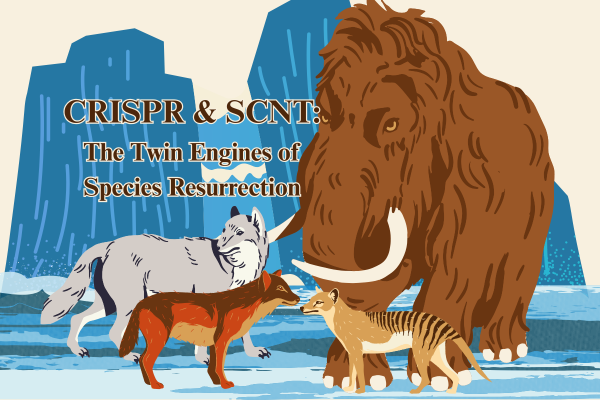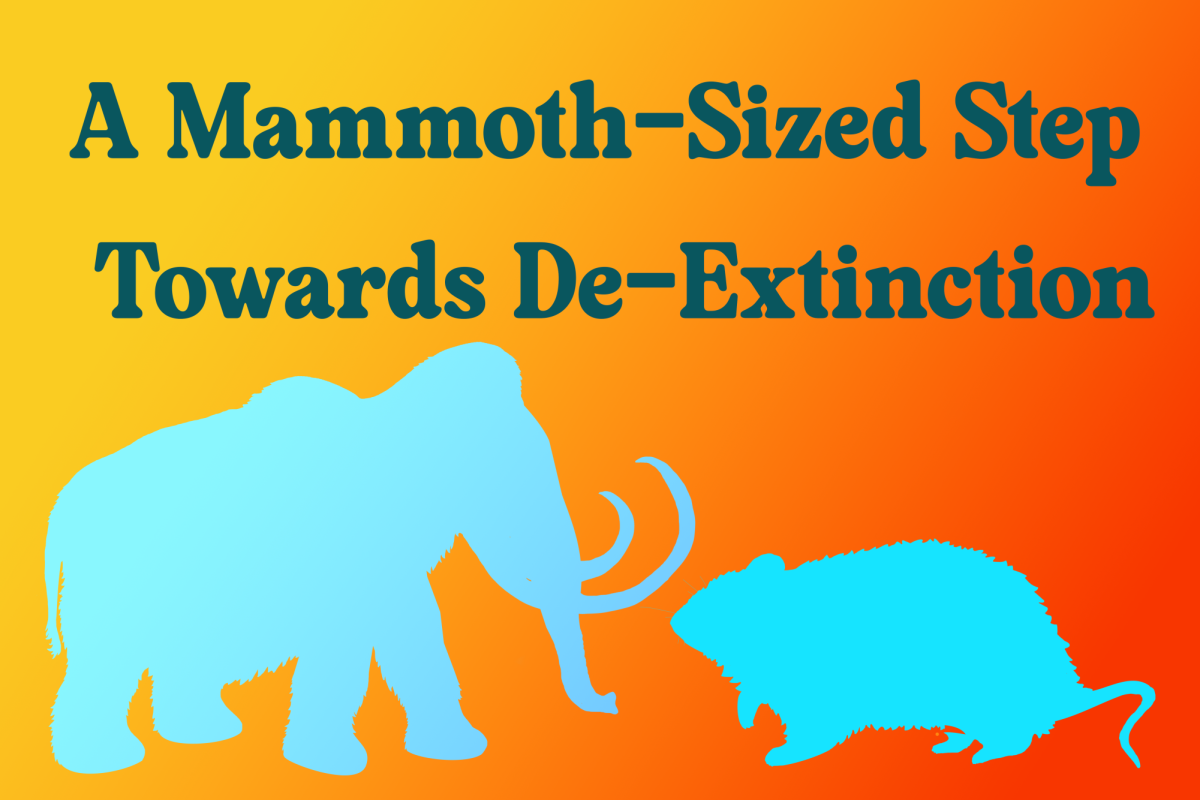For the very first time ever, scientists have finally been able to bring back a species that dates back to 10,000-125,000 years ago. The first fossil from this species was found in the mid-1850s and later in 1908 a paleontologist was able to retrieve complete fossilized bone fragments of the large wolf. After being extinct for about 13,000 years, the Dire Wolf was announced to be resurrected on April 8th by a biotechnology company.
Colossal Biosciences, a biotech company that is based in Dallas, Texas, has successfully created three dire wolf pups. Using revolutionary science techniques, they were able to use DNA from a 13,000 year old tooth from the species and a 72,000 year old skull to completely analyze and conduct research on the genomes that make up the wolf. This research led to the result of three healthy wolf puppies.
The company was able to find dire wolf DNA that no one has ever discovered. With the help of emerging technology as well, an updated system of gene-editing technology known as the CRISPR (Clustered Regularly Interspaced Short Palindromic Repeats), scientists had the opportunity to cut, add, and alter sections of the DNA sequence which modifies the genome. Taking modifications from the gray wolf species, they were able to then transfer the cells into a domestic dog as a surrogation process. These cells then created embryos which led to the developmental stage of the dire wolf.
However, now that the dire wolf has been revived there are some aspects that cannot be recreated. During their prime, this species hunted ground sloths, ancient camels, mastodons, ancient bison, and even mammoths. Obviously in the present day, none of these ancient species still walk on our planet except for variations of those creatures. Therefore, the return of the dire wolf will be different from past times as they will need to adapt to other circumstances and prey. According to a biologist at the University at Buffalo, Vincent Lynch states “Whatever ecological function the dire wolf performed before it went extinct, it can’t perform those functions in today’s environment.” Meaning the de-extinction process still has some holes that need to be filled.
Ecological factors come into play such as habitat type, climate, prey specialization, and competition. Comparing the present to the Ice Age, a lot has changed. This hypercarnivore has a diet full of 70% meat and the rest whatever can be scavenged. As new research emerges, the dire wolf will find its way around the world with extra protection and security as this is a fragile animal.
Unknowing of what the future may present, this research is mind-blowing and can have a massive impact on future discoveries within our environment. The de-extinction process is known to have a positive benefit on conservation efforts as well, since maintaining genetic diversity is crucial to several ecosystems.
Colossal Biosciences has even been working on potentially de-extincting other ancient creatures that once walked on earth such as the woolly mammoth species. The future is unknown but this world breaking research has given the dire wolf a second chance.










Ginger Roloff • Apr 9, 2025 at 9:50 AM
Wow!